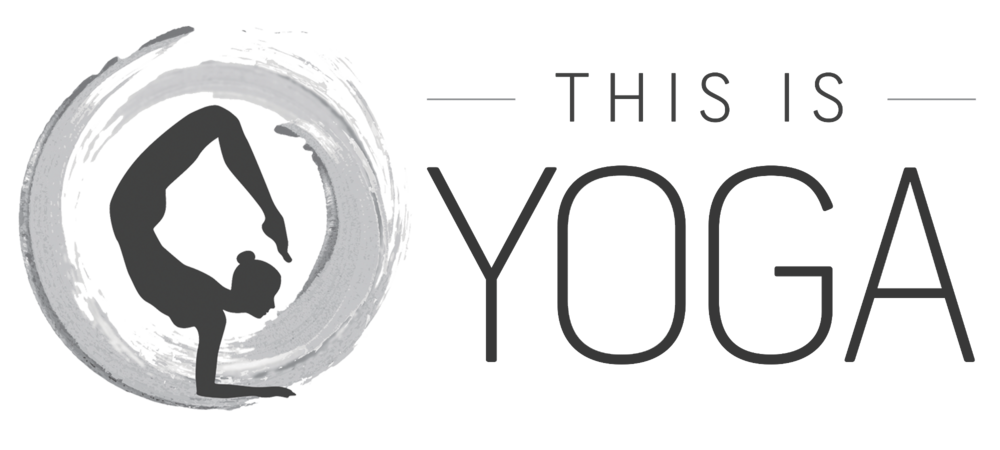Ben Hughes is co-founder of The Men’s Table - a remarkable initiative that has been offering support to men for the past decade. We interviewed Ben to find out more, check it out below!
Can you tell us how Men’s Table first came about?
In early 2011 things weren't great for me, so at a business networking group I stood up and said “I’m starting a men's group. Who's in?” In June 2021 the first group of men, the first Table, will celebrate 10 years together. In early 2019 David Pointon (who also sits at the first Table) and I decided to start more Tables , we have now started 31 Tables with more forming.
What exactly is involved in being a part of a Table and the Men’s Table network?
The same group of men, around 12, meet on the same night once a month to listen, talk, and share over a simple meal in a private room, normally a pub. We use the phrase “We don’t just talk about footy and shit” because that is what men tend to do, they avoid talking about how they really feel. The Men’s Table is a place where men can safely celebrate the highs of their lives and unburden themselves of the lows with a group of peers. We use a simple set of guidelines to help keep the evening about what is really going on. We go a lot deeper than “yeah, good mate”
Why do you believe this is such an important initiative for men?
Men are often trapped by what we call “restrictive male norms”. Men will act in a way they believe they should act, never showing weakness and often competing with each other in subtle ways to be “top dog”. Most men actually have very few close friends and have nowhere they can express their feelings. Life will throw all kinds of shit at you, that is a fact, why not unburden all that with a group of peers. Women naturally talk to each other about how they feel, it is time that men did this!
Do you feel that the nature of Men’s Table has changed and perhaps evolved over the past decade? For instance; the issues brought to the table, the openness with sharing, participant demographics or the demand for a service like this?
There is a quiet crisis going on for men. All the stats point to this, yet little is done by men themselves to sort it out. We have a very small proportion of men who give us all a bad name. Things are changing and more and more men’s groups are popping up to support men. We use the phrase - Healthy Men, Healthy Masculinities, Healthy Communities - modelling what it is to be a good man is so important. We can only change things if we get involved……..come and sit at a Table. We have a diverse range of men who come and sit at the Tables from all walks of life; sparkies, professors, CEO’s, expats, self employed, ex services - they are all there and the demand has grown this year in particular as men weigh up what is really important for them.
How many Men’s Tables are currently formed?
We have 31 Tables with nearly 350 men sitting down once a month to listen, talk and share. About 15% of the men have now stepped further into men’s work by becoming volunteers to help other men come and sit at a Table. Our youngest member is a very brave 23 year old, our oldest a sage 86 year old. Tables tend to be quite diverse.
For those who may be hesitant to take the plunge and join a table, what advice or encouragement would you give?
Most men are just so reticent to help themselves. “You will only strengthen your masculinity by sharing what is really going on for you”, really! It is often easier to do that with a group of strangers, rather than the small group of mates you already have. 95% of men who sit at Tables say it is a safe place to share. Everything said at a Table is in the “vault” and many men have dropped stories on the Table that they have not told anybody before. Imagine how freeing that is!!! We run Entree evenings where men can find out more, the next one is here.
What are your hopes for the future in relation to the support systems available to men, conversations around masculinity and ingrained beliefs and attitudes that may prevent men from sharing experiences and issues?
We have been commissioned twice by the National Mental Health Commission; we are currently researching the value of “Peer to peer support vs professional health for the reticent man” and we will publish our findings. We normalise the conversation as much as we can to help men. Men need to role model what it is to be a good man, that includes dropping the hard outer shell and opening up about what is really going on.
I believe Men’s Table is a charity and people can make donations?
Yes we are a charity and every dollar donated helps a man find a trusted community where he can unburden himself. Donations can be made here.
Want to see when the next Men’s Table will be and how you can participate?
Head over to the Mens Table Website for more information.
Author: This is Yoga

















